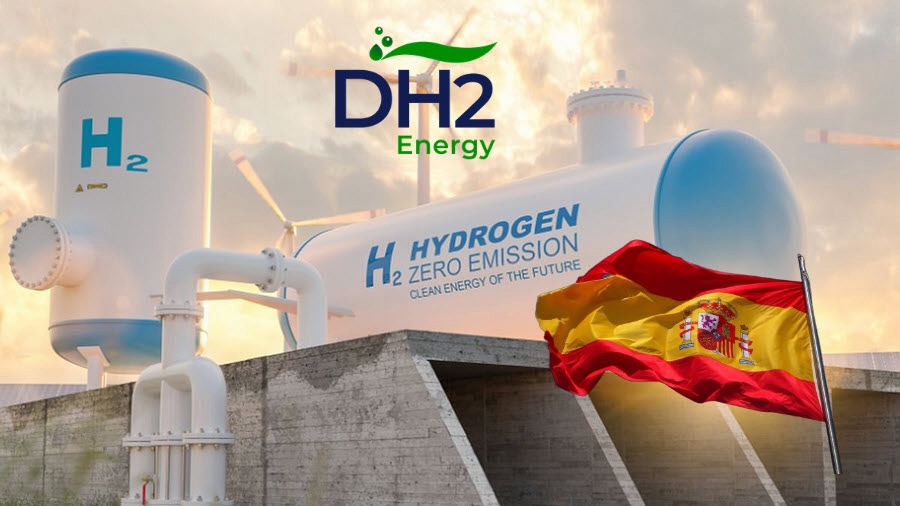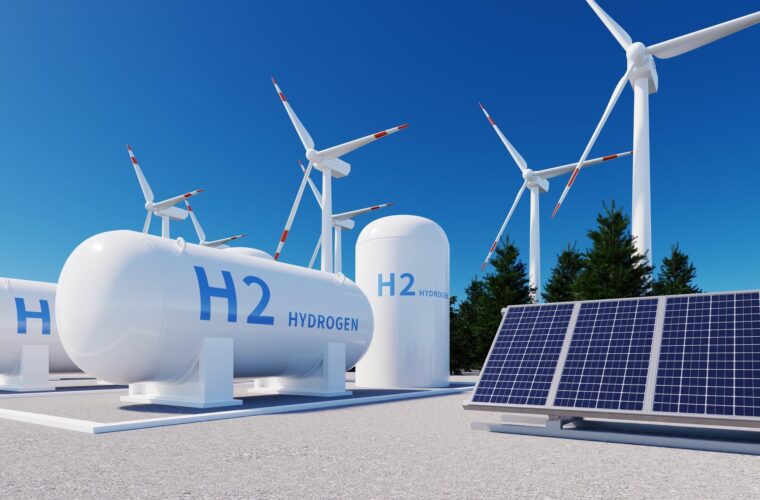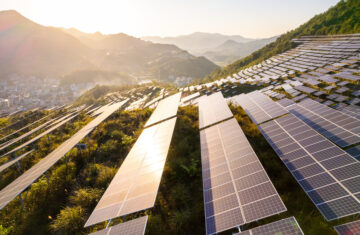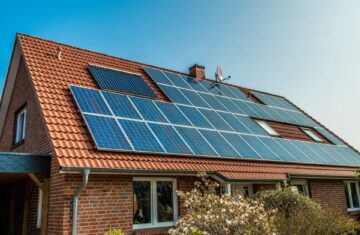The Integrated Environmental Authorization for DH2 Energy’s Hysencia Hybrid Plant in Spain
DH2 Energy’s Hysencia Hybrid Plant
In 2025, work on DH2 Energy’s PV-hydrogen plant in Spain is scheduled to begin.
The Integrated Environmental Authorization (IEA) for DH2 Energy’s Hysencia hybrid plant, a 35 MW electrolysis and 49 MWp solar project situated in Aragon, Spain, has been granted.
Significance of the Hysencia Project

According to the developer, Hysencia is now among the few commercial renewable hydrogen production projects in Spain and Europe to hold this permit.
This comes after the project was chosen as one of the winners of the inaugural European renewable hydrogen auction held in April of last year. Seven projects from 132 submissions throughout Europe were chosen by the European Commission.
Milestone for DH2 Energy
“The Hysencia project and DH2 Energy’s substantial portfolio of projects under development have reached a significant milestone with the acquisition of the Integrated Environmental Authorization,” stated Raquel Fernández Corzo, development director for renewable hydrogen projects at DH2 Energy in Spain.
This project has a territorial vocation and will have a very positive impact in Aragon, during both the construction and operation phases for the generation of its green hydrogen as a clean energy vector. “Hysencia is one of the most advanced commercial-scale renewable hydrogen production plants in Spain.”
Project Details
The plant’s construction will start in early 2025 according to DH2 Energy. A 100-hectare plot in Plasencia del Monte, within the municipality of La Sotonera, Aragon, will house the facilities.
In addition to requiring a 10MW connection to the electrical grid, the project uses its captive solar energy plant to generate 99 gigawatt hours of renewable electricity annually to power the electrolyser.
By using Hysencia, approximately 16,000 tonnes of CO2 emissions can be avoided annually and 1700 tonnes of renewable hydrogen can be produced. The transportation and industrial sectors will receive fuel.
According to the developer, the plant’s location is practically perfect for providing renewable hydrogen to the transportation industry because it is near several land communication axes, such as the Huesca-Canfranc railway line.



